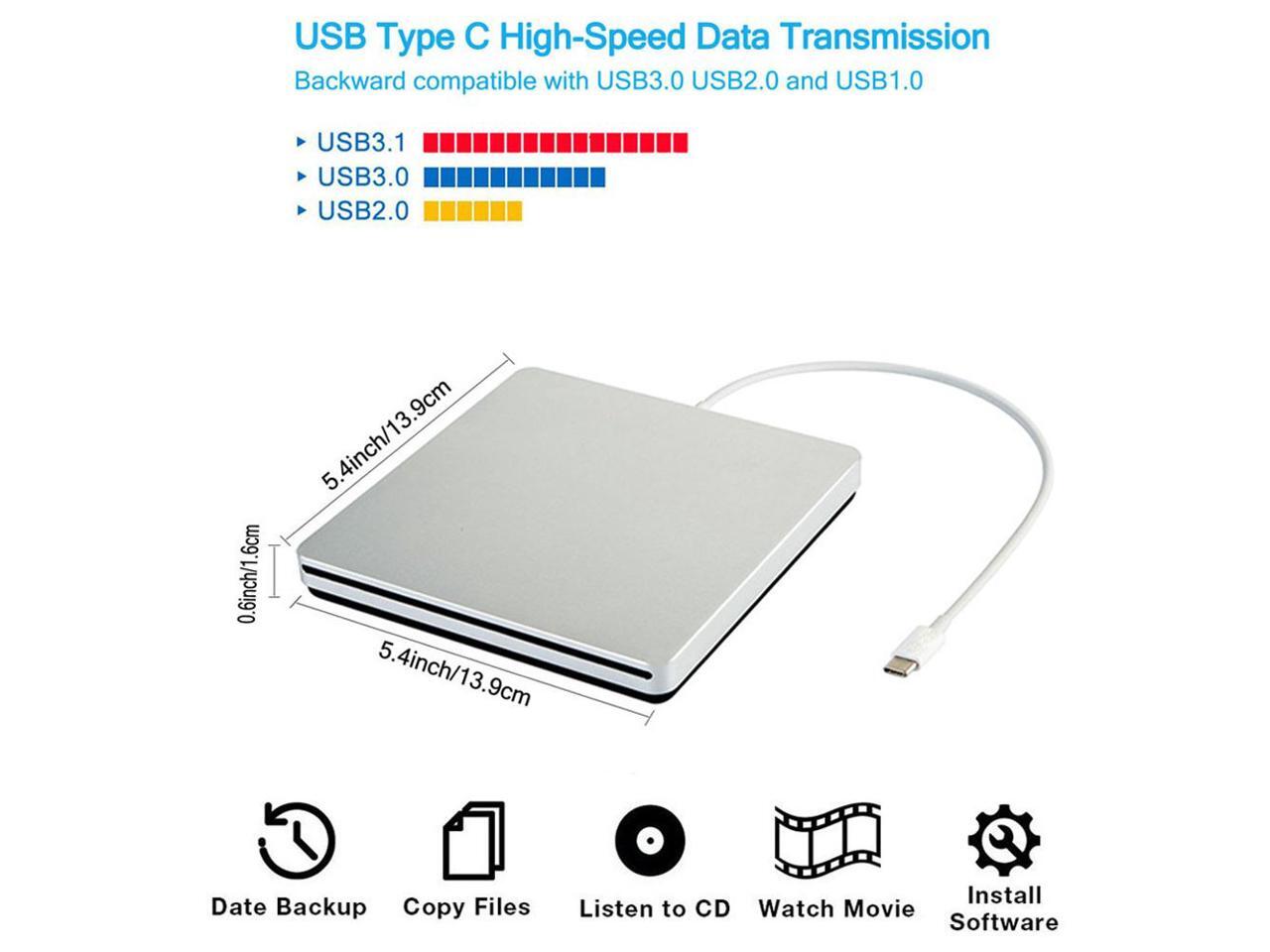

Samsung also makes the 850 PRO, which has an even longer warranty and faster performance than the 850 EVO, if you’re willing to pay a premium for them. But if you’re going to have both the SSD and original hard drive in your Mac, you could pick a smaller SSD for OS X and your apps, keeping your music, photos, and videos on the old hard drive. I feel a lot safer with my important photos and files on an SSD versus an aging mechanical drive. Personally, I opted for a 1TB 850 EVO before the 2TB version was released, and I’d recommend going for as much capacity as you feel comfortable buying. Samsung just introduced a 2TB version of the 850 EVO, which offers incredible storage capacity for an SSD with the same outstanding warranty and performance found in the 120GB, 250GB, 500GB, and 1TB versions. What you’ll lose is the ability to read and write optical discs, which at one point was a big selling point of computers but has become less important over time. Some people buy Apple’s external $75 USB SuperDrive to keep around “just in case.” I personally haven’t used my optical drive in around two years, and consider any optical drive purely optional at this point.įor most Macs, I’ve recommended Samsung’s 850 EVO drive (rated 4.7 out of 5 stars with nearly 4,000 reviews), the SSD I use and love, and readers have told me they love theirs, too. Unless you want to add a mounting kit, a sub-$20 part, all you need is the drive itself.
#External cd burner for mac mini install#
One extra benefit of choosing the optical drive for an SSD swap: unlike a hard drive to SSD swap, there’s no need to buy a special cable with a thermal sensor to install the SSD, since the Mac’s existing optical drive cable already has a thermal sensor attached.

Putting an SSD inside your Mac, then moving OS X and your apps over to the SSD, can radically improve the Mac’s speed: it’s possible to get 4X to 5X improvements in OS X and app loading times, a difference you’ll notice every time you wake your Mac from sleep or switch apps. Even if your CPU, graphics card, and other components are on par with current-generation Macs, your apps and files could be stored on a slow hard drive that takes a long time to load and save things you’re using. Every Mac’s overall performance is weighed down by the computer’s slowest parts. What Does Swapping The Optical Drive For An SSD Get Me?

The SATA III standard Apple began to support in 2011 is backward-compatible, so an SSD with SATA III support will work in SATA II Macs, just at slower (but still noticeably better than typical hard drive) speeds.) (Techies will note that the most significant speed improvements will be seen on late 2008 or newer machines, as those Macs support faster SATA II or SATA III storage devices, including most SSDs. If your Mac has a CD/DVD drive built in, there’s a very good chance that it can be swapped for an SSD. There are millions of Macs with optical drives, including iMacs sold prior to late 2012, Mac minis sold prior to mid 2011, and 15″ MacBook Pros sold prior to late 2013. Apple still sells non-Retina 13″ MacBook Pros with optical drives this model hasn’t been updated with new hardware in a long time. Which Macs Have Swappable Optical Drives? But you also lose CD/DVD reading and writing abilities - things fewer people care about these days - and you’ll need to set up your Mac to properly take advantage of the SSD. It’s typically a little easier and less expensive to replace the SuperDrive than a stock hard drive, and you’ll always wind up with more internal storage than you started with. Swapping a SuperDrive for an SSD has a mix of pros and cons. The reason was simple: put an SSD in your Mac instead of the old hard disk, and you’ll be blown away by the speed increases. But as several readers have noted, there is another way to add an SSD to your Mac: you can keep your old hard drive, and instead replace the Mac’s CD/DVD optical drive, also known as a SuperDrive.
#External cd burner for mac mini series#
When I wrote a series of How-To guides showing how easy it was to swap old Mac hard disks for new solid state drives (SSDs), I focused on raw upgrades - slow mechanical drives for fast chip-based ones.


 0 kommentar(er)
0 kommentar(er)
